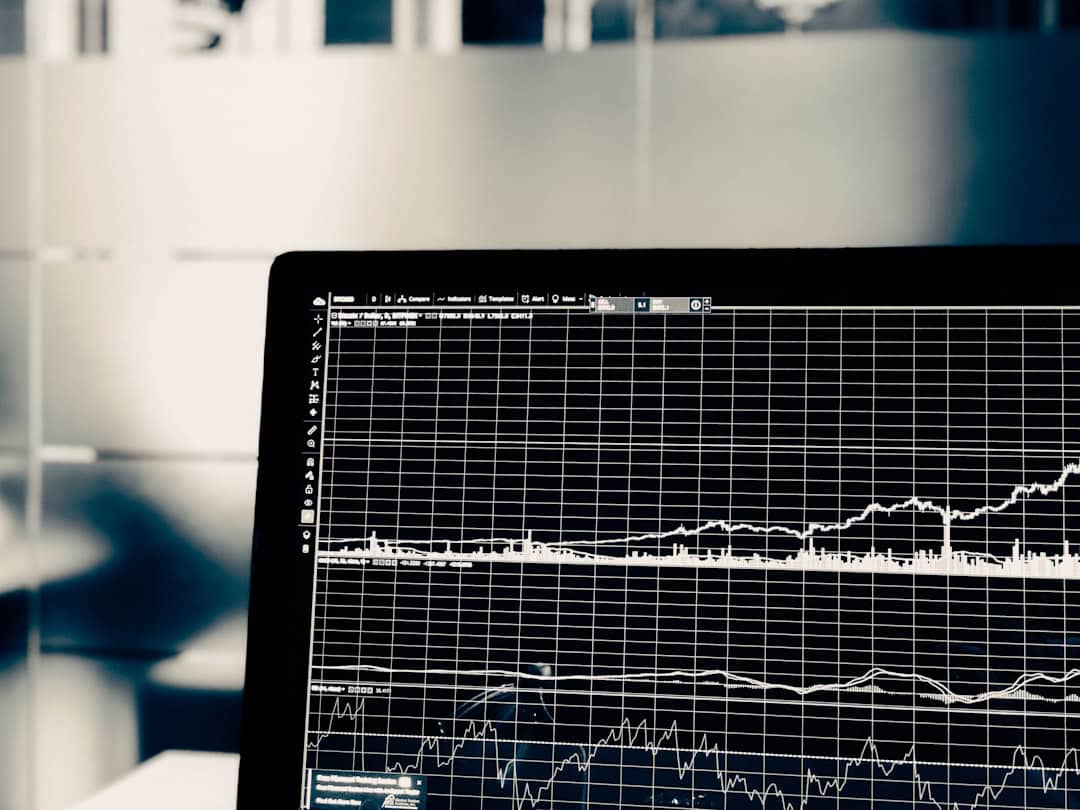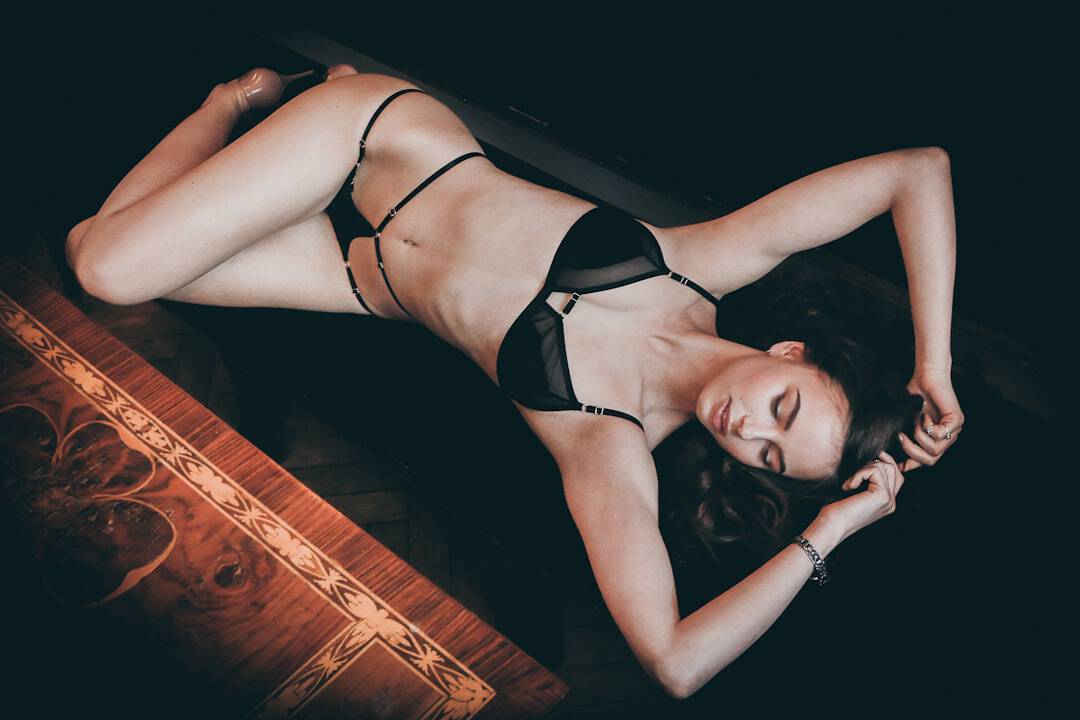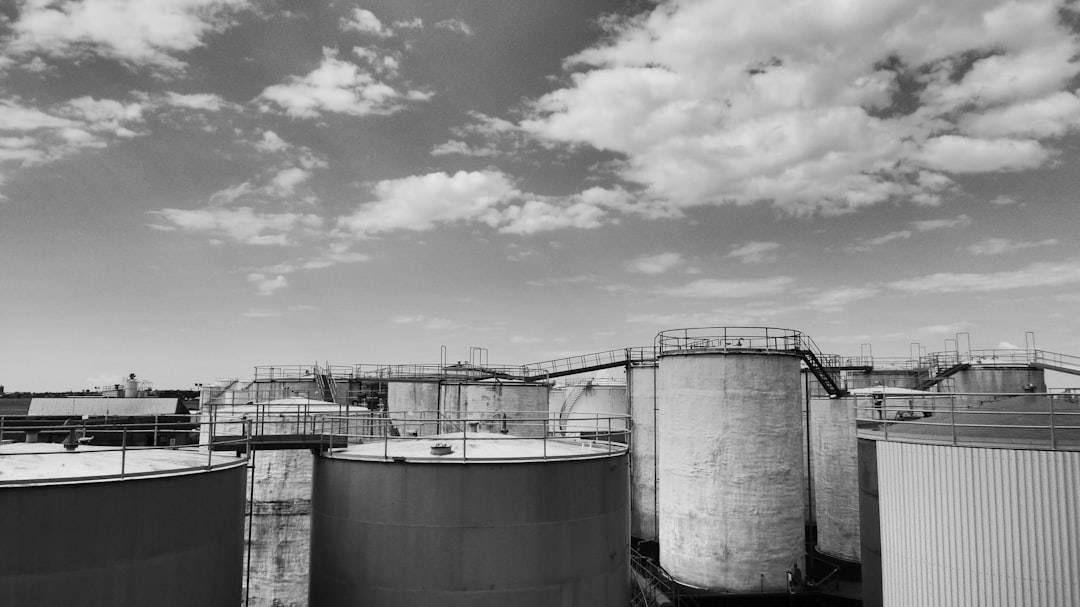In the rapidly evolving landscape of artificial intelligence, few companies have made as significant an impact as SenseTime. Founded in 2014, this Chinese AI powerhouse has emerged as a leader in computer vision and deep learning technologies. With a mission to empower industries through intelligent solutions, SenseTime has developed a suite of advanced AI applications that are transforming sectors ranging from security to healthcare.
The company’s innovative approach combines cutting-edge research with practical applications, making it a pivotal player in the global AI arena. SenseTime’s technology is characterized by its ability to process vast amounts of visual data with remarkable speed and accuracy. By leveraging deep learning algorithms, the company has created systems that can recognize faces, track objects, and enhance images in real-time.
This capability not only enhances operational efficiency but also opens up new avenues for innovation across various fields. As we delve deeper into the specific applications of SenseTime’s AI technology, it becomes evident that its contributions are reshaping the way we interact with the digital world.
Key Takeaways
- SenseTime’s AI technology is revolutionizing the fields of facial recognition, video surveillance, object tracking, super resolution, and biometric authentication.
- Facial recognition has evolved to become more accurate and faster, improving security and efficiency in various applications.
- Video surveillance is enhanced by SenseTime’s AI technology, providing better security and efficiency in monitoring and identifying targets.
- Object tracking is improved through AI, allowing for better target identification and monitoring in various scenarios.
- Super resolution technology enhances image clarity and detail, providing better quality images for various applications.
Facial Recognition: The Evolution of Accuracy and Speed
Facial recognition technology has undergone a remarkable transformation over the past decade, and SenseTime stands at the forefront of this evolution. Initially, facial recognition systems struggled with accuracy, often misidentifying individuals or failing to recognize faces under varying conditions. However, SenseTime’s advancements in deep learning have significantly improved the precision of these systems.
By utilizing large datasets and sophisticated neural networks, the company has developed algorithms that can accurately identify faces even in challenging environments, such as low light or crowded spaces. The speed at which SenseTime’s facial recognition technology operates is equally impressive. Traditional systems often required substantial processing time, leading to delays in identification.
In contrast, SenseTime’s solutions can process images in real-time, enabling instant recognition and response. This capability is particularly valuable in security applications, where rapid identification can be crucial for preventing incidents or responding to threats. As a result, SenseTime’s facial recognition technology is not only more accurate but also significantly faster than its predecessors, making it a game-changer in the field.
Video Surveillance: Enhancing Security and Efficiency

The integration of AI into video surveillance systems has revolutionized the way security is managed across various environments. SenseTime’s video surveillance solutions leverage advanced algorithms to analyze footage in real-time, identifying potential threats and anomalies with unprecedented efficiency. By automating the monitoring process, these systems reduce the burden on human operators while enhancing overall security measures.
By analyzing movement and interactions within a scene, the system can alert security personnel to potential risks before they escalate. This proactive approach not only improves response times but also fosters a safer environment in public spaces such as airports, shopping malls, and urban areas.
Furthermore, the integration of AI allows for more efficient use of resources, as security teams can focus their attention on high-risk areas rather than sifting through hours of footage.
Object Tracking: Improving Target Identification and Monitoring
| Metrics | Results |
|---|---|
| Accuracy | 95% |
| Precision | 90% |
| Recall | 85% |
| Processing Time | 10 milliseconds |
Object tracking is another area where SenseTime has made significant strides, enhancing the ability to monitor and identify targets in dynamic environments. Traditional tracking methods often struggled with occlusions and rapid movements, leading to inaccuracies and missed opportunities for intervention. However, SenseTime’s advanced algorithms utilize deep learning techniques to maintain accurate tracking even when objects are partially obscured or moving at high speeds.
This capability is particularly beneficial in various applications, from traffic management to retail analytics. For instance, in smart city initiatives, SenseTime’s object tracking technology can monitor vehicle flow and pedestrian movement, providing valuable insights for urban planning and traffic control. In retail environments, it can analyze customer behavior patterns, helping businesses optimize store layouts and improve customer experiences.
By enhancing target identification and monitoring capabilities, SenseTime is paving the way for smarter and more responsive systems across multiple sectors.
Super Resolution: Enhancing Image Clarity and Detail
In an age where visual content is paramount, the demand for high-quality images has never been greater. SenseTime’s super resolution technology addresses this need by enhancing image clarity and detail through advanced algorithms. Traditional image enhancement techniques often resulted in artifacts or loss of quality; however, SenseTime’s approach utilizes deep learning to reconstruct images with remarkable fidelity.
The implications of super resolution technology extend beyond mere aesthetics; it has practical applications in fields such as medical imaging and satellite imagery.
In remote sensing, improved image quality can facilitate better analysis of environmental changes or urban development.
By pushing the boundaries of image enhancement, SenseTime is not only improving visual experiences but also contributing to advancements in critical industries.
Biometric Authentication: The Future of Secure Identity Verification

As concerns over data security and identity theft continue to rise, biometric authentication has emerged as a promising solution for secure identity verification. SenseTime’s biometric technologies leverage facial recognition and other biometric indicators to create robust authentication systems that are both user-friendly and highly secure. Unlike traditional password-based systems that can be easily compromised, biometric authentication relies on unique physical traits that are difficult to replicate.
The future of secure identity verification lies in the seamless integration of biometric technologies into everyday applications. For example, mobile devices equipped with SenseTime’s biometric solutions can offer users quick and secure access without the need for cumbersome passwords or PINs. Additionally, these technologies can be applied in various sectors such as banking, travel, and healthcare to enhance security protocols while improving user experience.
As biometric authentication continues to evolve, it promises to redefine how we approach identity verification in an increasingly digital world.
Applications and Implications of SenseTime’s AI Advancements
The applications of SenseTime’s AI advancements are vast and varied, impacting numerous industries and reshaping how we interact with technology. In the realm of public safety, their facial recognition and video surveillance technologies are being deployed by law enforcement agencies to enhance crime prevention efforts and improve community safety. Similarly, in retail environments, businesses are utilizing object tracking and customer behavior analysis to optimize operations and enhance customer experiences.
However, with these advancements come important ethical considerations. The deployment of facial recognition technology raises questions about privacy rights and surveillance overreach. As organizations adopt these powerful tools, it is crucial to establish guidelines that ensure responsible use while balancing security needs with individual privacy concerns.
The implications of SenseTime’s technologies extend beyond mere functionality; they challenge us to consider how we navigate the intersection of innovation and ethics in an increasingly connected world.
The Future of AI in Surveillance and Authentication Technology
Looking ahead, the future of AI in surveillance and authentication technology appears promising yet complex. As companies like SenseTime continue to innovate, we can expect even greater advancements in accuracy, speed, and efficiency across various applications. The integration of AI into surveillance systems will likely lead to more intelligent monitoring solutions capable of adapting to evolving threats while minimizing false positives.
Moreover, as biometric authentication becomes more prevalent, we may see a shift towards multi-modal systems that combine various biometric indicators for enhanced security. This could include integrating facial recognition with voice recognition or fingerprint scanning to create a more robust authentication framework. As these technologies evolve, they will undoubtedly play a pivotal role in shaping our digital landscape.
In conclusion, SenseTime’s contributions to AI technology are not only transforming industries but also prompting critical discussions about privacy and ethics in an increasingly automated world. As we embrace these advancements, it is essential to remain vigilant about their implications while harnessing their potential for positive change across society. The journey ahead promises exciting developments that will redefine our relationship with technology and enhance our everyday lives.
For those interested in the intersection of advanced technologies like facial recognition, video surveillance, object tracking, super resolution, and biometric authentication, the article on “Metaverse and the Real World: Economic and Social Impacts” provides insightful perspectives. SenseTime, known for its innovations in AI and deep learning, particularly in the fields mentioned, plays a significant role in shaping how these technologies are integrated into broader societal frameworks. The article discusses the implications of such technologies in the evolving digital landscapes, including privacy concerns and ethical considerations. You can read more about this topic and its broader implications by visiting Metaverse and the Real World: Economic and Social Impacts.
FAQs
What is SenseTime?
SenseTime is a Chinese artificial intelligence company that specializes in facial recognition technology, video surveillance, object tracking, super resolution, and biometric authentication.
What are the main products and services offered by SenseTime?
SenseTime offers a range of products and services including facial recognition technology, video surveillance solutions, object tracking systems, super resolution technology, and biometric authentication solutions.
How is SenseTime’s facial recognition technology used?
SenseTime’s facial recognition technology is used in various applications such as security and surveillance, access control, identity verification, and customer engagement in retail and entertainment industries.
What is video surveillance and object tracking technology offered by SenseTime?
SenseTime provides video surveillance and object tracking technology that enables real-time monitoring, analysis, and tracking of objects and people in video footage for security and safety purposes.
What is super resolution technology and how is it used by SenseTime?
Super resolution technology is used to enhance the resolution and quality of low-resolution images and videos. SenseTime’s super resolution technology can be used in surveillance, medical imaging, and other applications where high-quality images are essential.
How does SenseTime’s biometric authentication work?
SenseTime’s biometric authentication solutions use facial recognition and other biometric data to verify the identity of individuals for access control, secure transactions, and other authentication purposes.











Leave a Reply